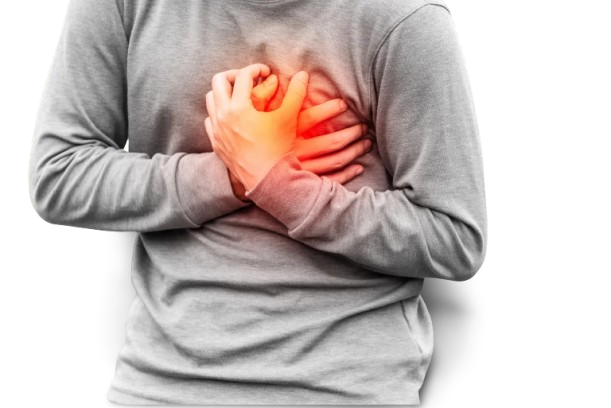Influenza (flu) is a contagious respiratory illness caused by flu viruses.
According CDC; The flu is a contagious respiratory illness caused by influenza viruses that infect the nose, throat, and lungs. It can cause mild to severe illness, and at times can lead to death. The best way to prevent the flu is by getting a flu vaccine each year.
Influenza Symptoms
1. Fever
2. Dry Cough
3. A headache
4. Runny or stuffy nose
5. Sore throat
6. Warm, flushed skin and red, watery eyes
7. aches in muscles and joints
8. chills
9. sneezing
10. loss of appetite
11. tiredness and weakness
12. Nausea, vomiting, diarrhea
References:
1. http://www.cdc.gov/flu/about/disease/symptoms.htm
2. http://www.webmd.com/cold-and-flu/flu-guide/adult-flu-symptoms
3. http://www.nhs.uk/Conditions/Flu/Pages/Symptoms.aspx
4. http://www.medicinenet.com/influenza/page3.htm
5. http://www.loohealth.com/did-you-know-about-the-difference-between-colds-and-flu-flu-symptoms-and-some-foods-that-can-fight-the-flu/











































